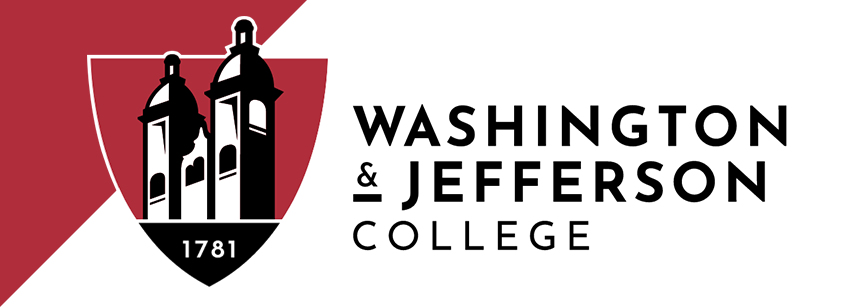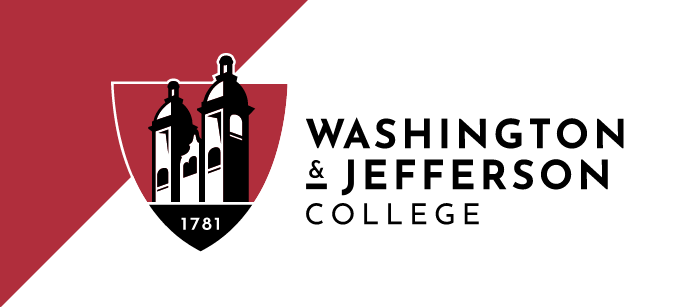“Every W&J graduate will not only be exceptionally well prepared for professional success, but also recognized as a leader committed to the highest standards of ethics and capable of addressing complex challenges facing today’s organizations and society.” – President John C. Knapp, Ph.D.
This promise is at the heart of the College’s new strategic plan, Juncta Juvant, designed to strengthen the four-year W&J experience by equipping all students with distinctive qualities that are highly valued by today’s leading employers and graduate schools.
Over a recent 18-month period, the Washington & Jefferson College community worked collaboratively to develop strategies to ensure that the College continues to be at the forefront of liberal arts education at a time of changing demographics, increasing competition for students, and greater public skepticism about the value of higher education. The plan was approved by the Board of Trustees in October and work is well under way to implement new curricular and cocurricular initiatives.
The planning process involved study groups, surveys of multiple College constituencies, open campus feedback sessions, an exhaustive self-study, and an extensive market analysis conducted by the Art & Science Group, LLC, a leading research firm serving higher education. The work aimed to significantly enhance and further differentiate the W&J experience at a time when small, residential, undergraduate colleges face a long-term decline in the number of 18-year-olds in America, as well as greater pressures to ensure post-graduate outcomes.
“Our new strategic direction establishes a comprehensive approach to continuous improvement for greater success in attracting, retaining, and graduating talented students who will be leaders in their careers and communities,” Knapp said. “This plan also recognizes that in order for our students to realize their full potential, we must do more to fully support the success of all members of the W&J community, including our faculty, staff, and alumni.”
Significantly, the work has begun on campus renewal, including beautifully renovated residence halls and the gymnasium, a state-of-the art fitness center, and a new outdoor amphitheater. The College has also adopted a more participatory decision-making process and greatly improved marketing and communications, including a new website.
These and other initiatives are based on three foundational commitments:
Commitment I
“Every student will achieve professional readiness and prepare for a fulfilling life through an innovative four-year learning experience, guided by outstanding teaching, holistic advising and mentoring, and ethical leadership development.”
Faculty are at work developing a curricular approach to ensure that every student’s personalized program of study provides a balance of professional preparation and broader intellectual challenge. Another cross-functional team is developing a plan to integrate academic advising with professional/career planning beginning at matriculation and continuing until graduation.
A new Center for Leadership and Ethics will serve as the hub of an interdisciplinary program to provide all students with four years of leadership development in areas like conflict resolution, collaborative problem solving, and professional ethics, among others.
The College is also exploring new opportunities to claim the advantages of Pittsburgh for our students. These could include strategic partnerships and other ways to enhance W&J’s presence in the city to support internships, career development, alumni engagement, and the academic program.
Commitment II
“We will cultivate and nurture the active participation of community members in decision-making to ensure the success of the College.”
The strategic planning process was a highly collaborative method of decision-making involving faculty, staff, students, alumni, and trustees. For example, six subcommittees involved more than 90 volunteers who studied issues and produced white papers. By learning together and considering a wide range of ideas and perspectives, the College community became better informed and developed consensus on future priorities.
New initiatives are being designed to continue this approach to shared governance. One example of this is a college-wide budget committee to provide transparency and informed input on the allocation of resources. This committee includes faculty, administrators, staff, and students.
Commitment III
“We will foster a supportive, diverse culture where all members of the community are valued, included, and able to realize their full potential.”
We recognize that we must strive to become a more welcoming and visibly diverse community every year, increasingly reflecting the demographics of the region and nation. The College recently welcomed a new class of freshmen comprising more racial and ethnic diversity than ever before. This is not surprising since the under-18 population in America is now a majority-minority population, where members of traditionally under-represented groups outnumber the historically Caucasian majority. The diversity of the college-going population will continue to increase year after year, and new efforts are planned to ensure that W&J is prepared to serve all population groups equally well.
Ensuring the success of our students also means providing greater financial assistance. At a time when the number of first-generation college students is increasing and families are less likely to have college savings, W&J must work to increase endowed resources to support financial aid and scholarships.

